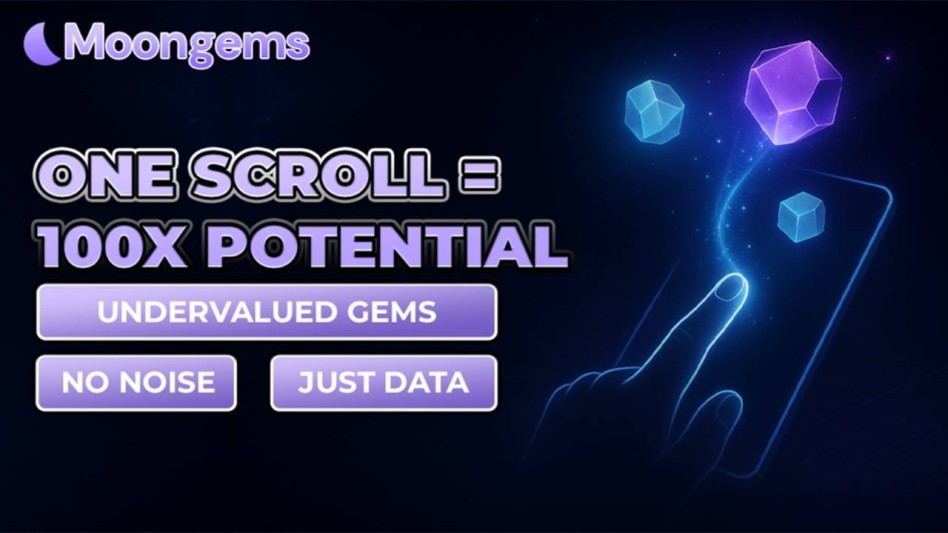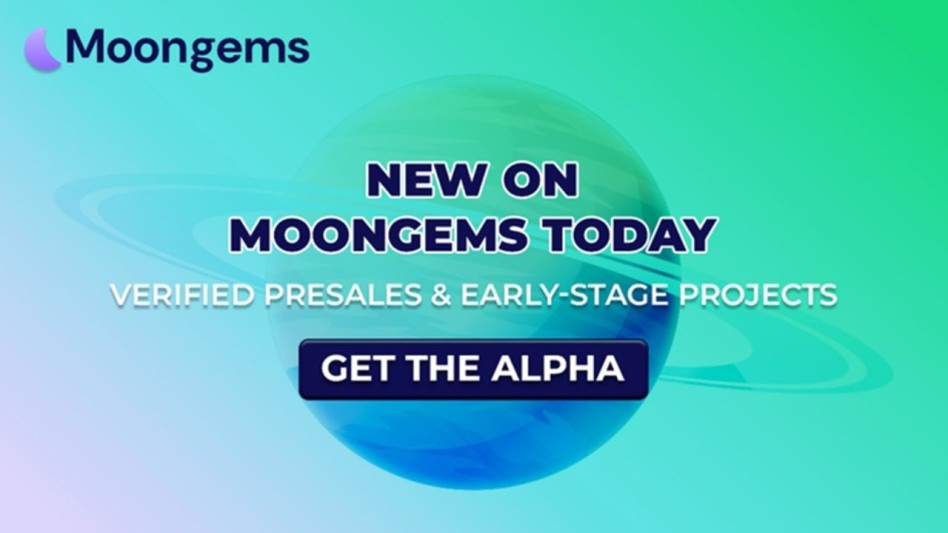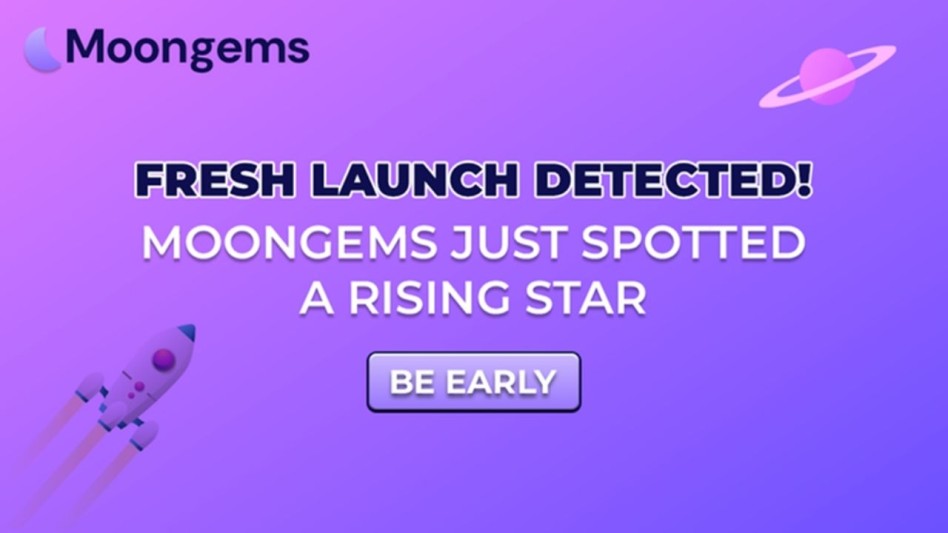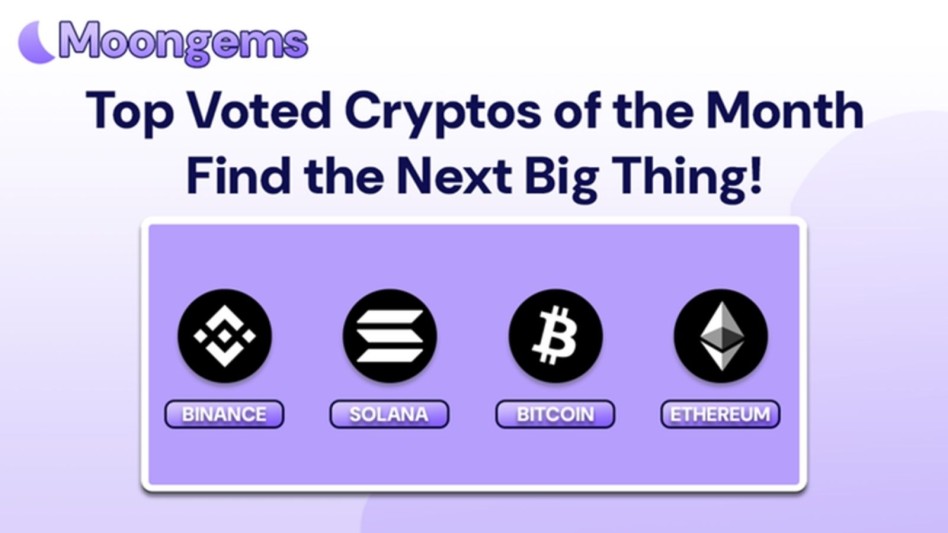Author: Jawad Hussain – Crypto Analyst & Web3 Researcher | 9+ years tracking presales, IDOs, and token launches. Follow him on X (formerly known as Twitter) and LinkedIn.
Crypto presales continue to attract both retail investors and institutional players in 2025. The promise of acquiring tokens at the earliest stages, often at fractions of their potential market price, has turned presales into one of the most anticipated events in the digital asset space. Yet, history has repeatedly shown us that not every presale leads to success. Some projects have gone on to become household names in the blockchain industry, while others have collapsed under the weight of poor execution, overhyped marketing, or outright fraud.
Spotting red flags early can make the difference between securing exponential returns and losing hard-earned capital. While Ethereum’s ICO in 2014 remains a shining example of a legitimate presale that delivered long-term value, other ventures such as BitConnect and OneCoin became cautionary tales of unchecked hype and deception. Retail investors, often lured by promises of quick profits, are the most vulnerable. This makes education and awareness crucial.
MoonGems, a leading platform tracking presales and their tokenomics, emphasizes the importance of examining every detail before committing funds. From analyzing smart contracts to evaluating team credibility, presale research is not just a suggestion—it is a necessity. This article explores how investors can identify potential risks, drawing on real-world case studies, market trends, and expert insights. By the end, readers will have a clearer framework for navigating the fast-moving presale market in 2025.
The Evolution of Crypto Presales
Crypto presales have evolved significantly since Bitcoin inspired the broader blockchain movement. In the early days, ICOs (Initial Coin Offerings) were the dominant model. Ethereum’s ICO raised $18 million in 2014 and demonstrated how decentralized fundraising could finance groundbreaking infrastructure. Soon after, however, thousands of ICOs launched during the 2017 bull market, many of which failed or were exposed as fraudulent.
The failures of projects like BitConnect highlighted the risks of weak regulation and investor complacency. BitConnect promised investors guaranteed returns of up to 1% per day, leveraging a “trading bot” that never existed. When the truth surfaced, the platform collapsed in 2018, wiping out billions in investor funds.
The industry responded by developing new models such as Initial Exchange Offerings (IEOs) and Initial DEX Offerings (IDOs). Binance pioneered the IEO model with Binance Launchpad, which gave investors greater trust by involving exchanges as intermediaries. Solana, for instance, raised funds through private and public rounds before becoming one of the fastest-growing blockchains.
Today, presales are more sophisticated, often involving tiered pricing, vesting schedules, and staking rewards. Platforms like MoonGems monitor these presales, providing real-time updates on tokenomics and security audits. Despite advancements, the core challenge remains: distinguishing legitimate projects from dangerous ones.
Red Flags to Watch in Crypto Presales
Unrealistic ROI Promises
One of the most common warning signs is exaggerated claims about guaranteed returns. Any presale promising fixed or overnight gains should raise immediate suspicion. For example, OneCoin in 2014 claimed to be the “Bitcoin killer” and guaranteed high returns. It attracted over $4 billion in investments before being exposed as a Ponzi scheme in 2017.
By contrast, legitimate projects such as Ethereum or Binance Coin avoided guarantees. They focused on the technology, utility, and long-term adoption of their ecosystems.
Lack of Transparent Tokenomics
Tokenomics determine the health of a project. If allocation details are vague or disproportionately favor insiders and whales, investors should be cautious. In 2020, several DeFi projects collapsed after insiders sold massive amounts of unlocked tokens, leaving retail investors with losses.
MoonGems highlights the importance of understanding vesting schedules and lock-up periods. Projects like Solana were transparent about their token distribution, even when large unlocks caused short-term volatility. This level of disclosure builds trust and allows investors to plan accordingly.
Anonymous or Unverified Teams
While pseudonymity is not inherently bad—Bitcoin’s creator Satoshi Nakamoto remains anonymous—it often raises concerns in presales. In 2021, Squid Game Token launched with anonymous developers, rode the popularity of Netflix’s show, and then executed a rug pull, disappearing with $3.3 million.
On the other hand, Avalanche (AVAX) introduced itself with a fully doxxed and credible team from Cornell University, which helped establish long-term trust. Investors must assess whether the team is willing to stand behind its project.
Missing or Weak Whitepapers
A whitepaper is the blueprint of a project. A lack of technical detail or vague promises without real-world application often signals a poorly conceived presale. BitConnect’s whitepaper was filled with buzzwords but lacked clarity about how the platform would function. In contrast, Ethereum’s whitepaper outlined a vision for programmable smart contracts, which has since reshaped the digital economy.
Real Case Studies of Presale Success and Failure
Ethereum: The Benchmark of Legitimacy
Ethereum’s ICO in 2014 remains one of the most successful presales in history. Tokens were priced at around $0.30, and the project raised $18 million. The funds were used to build an entirely new blockchain with smart contract functionality. Early investors saw returns of more than 1,000x during Ethereum’s peak, but more importantly, the project delivered real value through DeFi and NFTs.
Solana: From Presale to Industry Giant
Solana’s presales in 2018–2020 allowed early investors to acquire tokens at under $0.25. Despite criticism about centralization and insider holdings, the project delivered exceptional throughput, attracting developers and users. By 2021, Solana reached $260 per token, rewarding presale investors massively. The project’s transparency and ability to deliver on technical promises distinguished it from scams.
BitConnect: The Collapse of a Ponzi Scheme
BitConnect promised investors daily interest through a supposed trading bot. In reality, it was a Ponzi scheme paying old investors with new deposits. When regulators intervened in 2018, the project collapsed, and investors lost nearly all of their money. BitConnect remains a textbook example of why investors must avoid projects with unrealistic guarantees.
Building a Framework for Safer Presale Investing
Investors can safeguard themselves by applying a structured evaluation model. MoonGems suggests focusing on transparency, tokenomics, and third-party audits. A healthy presale will have a detailed roadmap, visible developers, and token allocations that balance fairness with sustainability.
For instance, Polygon (MATIC) initially raised funds through a presale in 2019 with transparent terms. Its tokenomics allocated a portion to staking rewards and community development, ensuring long-term growth. Today, Polygon is one of the top Layer 2 scaling solutions, showing how strong fundamentals pay off.
Conclusion
Presales remain one of the most exciting aspects of cryptocurrency, offering early investors opportunities for transformative returns. Yet they are also fraught with risk. From the collapse of BitConnect to the rise of Ethereum, history teaches us that due diligence is non-negotiable. Unrealistic promises, vague tokenomics, anonymous teams, and weak whitepapers are among the most critical red flags to identify.
MoonGems provides the tools retail investors need to analyze presales with accuracy, reducing the risk of falling into traps. As 2025 unfolds, education, transparency, and disciplined research will remain the keys to navigating presales responsibly.
Frequently Asked Questions
- What is the biggest red flag in a presale?
Unrealistic guarantees of fixed or rapid returns are the clearest warning sign. - How can I verify a presale team’s credibility?
Check LinkedIn, GitHub contributions, and community engagement. Transparent teams are usually open about their identities. - Why are tokenomics important in presales?
Tokenomics determine long-term sustainability. Fair allocations and clear vesting protect retail investors. - Can meme coins have legitimate presales?
Yes, but they are riskier. Pepe’s presale in 2023 rewarded early investors, while others like Squid Game Token collapsed. - What role does MoonGems play in presale evaluation?
MoonGems tracks tokenomics, audits, and whale allocations, giving retail investors real-time presale data. - Are all anonymous teams scams?
Not always. Bitcoin was created by an anonymous founder. However, anonymity in presales often reduces accountability. - How do I know if a whitepaper is reliable?
Look for technical detail, clear problem statements, and realistic goals. Vague promises without execution plans are red flags.
Glossary of Key Terms
Presale: Early investment round before public token listing.
Tokenomics: Structure of token distribution, supply, and utility.
Whitepaper: Technical and conceptual document outlining a project.
Rug Pull: Scam where developers withdraw liquidity and disappear.
MoonGems: Platform that tracks and evaluates crypto presales.
Disclaimer
This article is for educational purposes only and does not constitute financial advice. Cryptocurrency investing is speculative and involves significant risk. Always conduct independent research and consult licensed financial advisors before making investment decisions.
Article Summary
Crypto presales in 2025 offer investors both opportunities and risks. Case studies from Ethereum, Solana, and BitConnect highlight the importance of due diligence. By recognizing red flags—such as unrealistic promises, weak tokenomics, and anonymous teams—investors can avoid losses and focus on legitimate opportunities. MoonGems provides tools and insights to guide safer presale participation.












